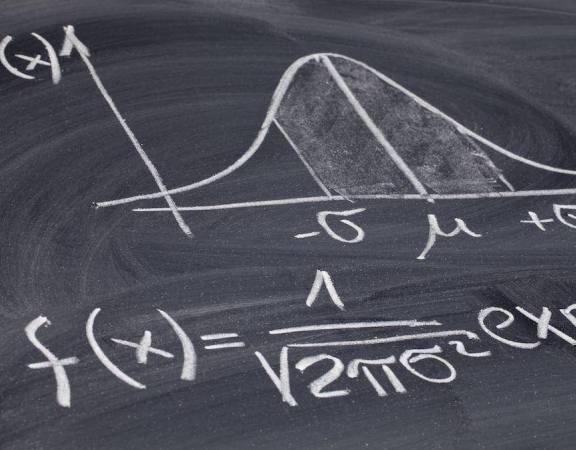Choosing Your Battles: The Secret to Mastering GMAT Pacing
Business School College Football Rankings
September 22, 2021World War Zzzzzz: How to Write a Boring B-School Essay
October 1, 2021Choosing Your Battles: The Secret to Mastering GMAT Pacing
“Know thyself:” this isn’t just sage life advice; it’s also a maxim to follow while taking the GMAT. Knowing your strengths and weaknesses on GMAT questions helps you make strategic guesses, keep on pace, and maximize your score.
The GMAT’s algorithm makes pacing critical
Taking smart guesses is not a backup plan on the GMAT – it’s a must. To understand why, it helps to know a bit about the GMAT’s adaptive algorithm. The algorithm bases its score on the difficulty level of the questions you answer, not the number of questions you answer correctly. This means that everyone misses a lot of questions, even those who score in the 99th percentile. As you answer questions correctly, the algorithm gives you harder questions in order to hone in on the maximum difficulty level you can handle.
Because of this, the way you miss questions matters. For example, missing an easy question will hurt your score more than missing a difficult question, and missing a number of questions in a row will hurt your score more than missing the same number of questions spread throughout the test.
Given these functions of the algorithm, poor pacing can devastate your score. When you’re short on time, you begin to rush, make careless errors on questions you should get right, and worst, fail to answer all the questions in a section. Taking strategic guesses will help keep you on pace and avoid running into trouble as time ticks down.
The best questions to guess on are those that you have a low chance of getting right anyway: your weaknesses. This strategy likely feels wrong. You’re supposed to try your best on every question, right? This may make sense on ordinary tests in which you’re graded on the number of questions you get right, but on the GMAT, you need to choose your battles. Remember, missing easy questions is penalized more than missing hard questions.
Identifying strengths and weaknesses
To identify your strengths and weaknesses, pay attention not only to the type of questions you get right and wrong, but also the amount of time you spend answering these questions. Compare how long you spend on questions with the recommended times below.
| Question type | Average time |
| SC | 1 minute, 15 seconds |
| CR | 2 minutes |
| RC | 6 minutes |
| DS | 2 minutes |
| PS | 2 minutes |
After tracking this information, look for patterns. Questions that you generally get right within, or close to, the recommended time are your strengths. These are the questions you’ve mastered and that will help you stay on pace during the test.
The questions that you generally get wrong, regardless of the amount of time you spend on them, are your weaknesses. These are the questions you can take quick, educated guesses on when you need to make up time during the test.
Of course, an important part of studying is improving your weaknesses. However, almost everyone will struggle more on one type of question than others. For example, it could be Combinatoric Problem Solving questions or Resolve the Paradox Critical Reasoning questions. The more attention you pay to questions while studying, the better able you’ll be to recognize your strengths and weaknesses when they appear on the test, and the more strategic you can be with your guessing.
The key to taking strategic guesses is knowing when to take them. How to monitor your pace is the subject of another blog post we’ve written. Check it out here to learn about using benchmarks to monitor your progress as you tackle the verbal and quantitative sections of the GMAT.



